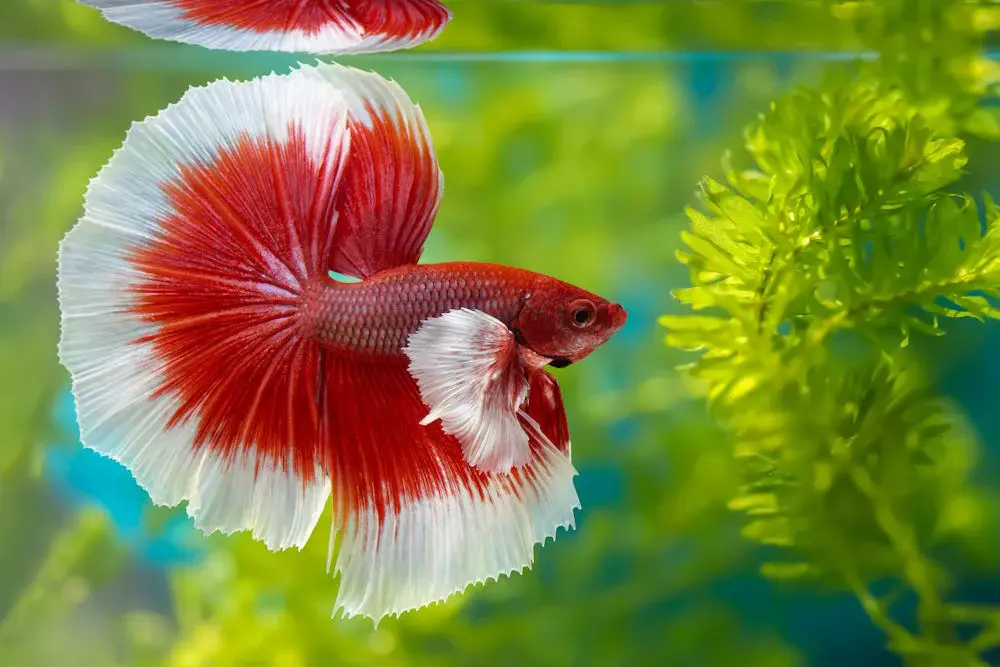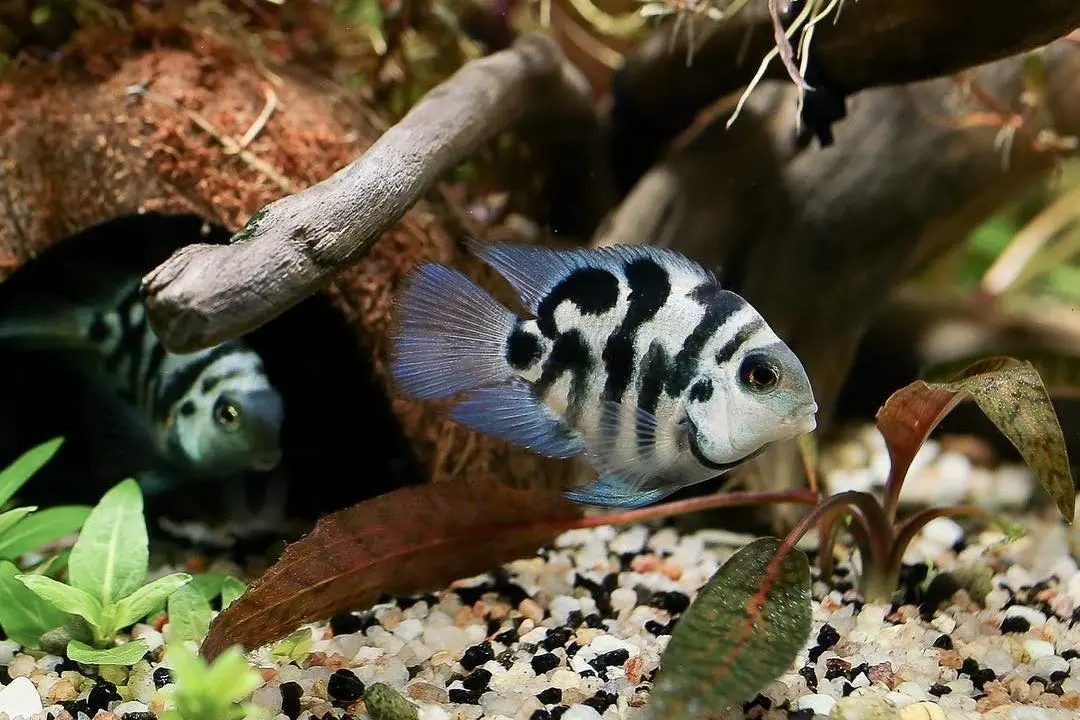Send us a message
Get in touch with your customers to provide them with better service. You can modify the form fields to gather more precise information.

Angelfish have a history rooted in both the wild and the aquarium. They were first described by Hinrich Lichtenstein in 1823, and by 1909, they were imported to Europe. Importantly, their popularity as aquarium fish grew, and by the 1950s, they were widely kept for their beauty and peaceful nature. Today, they are known for their vibrant colors, graceful movements, and the many varieties developed through selective breeding.
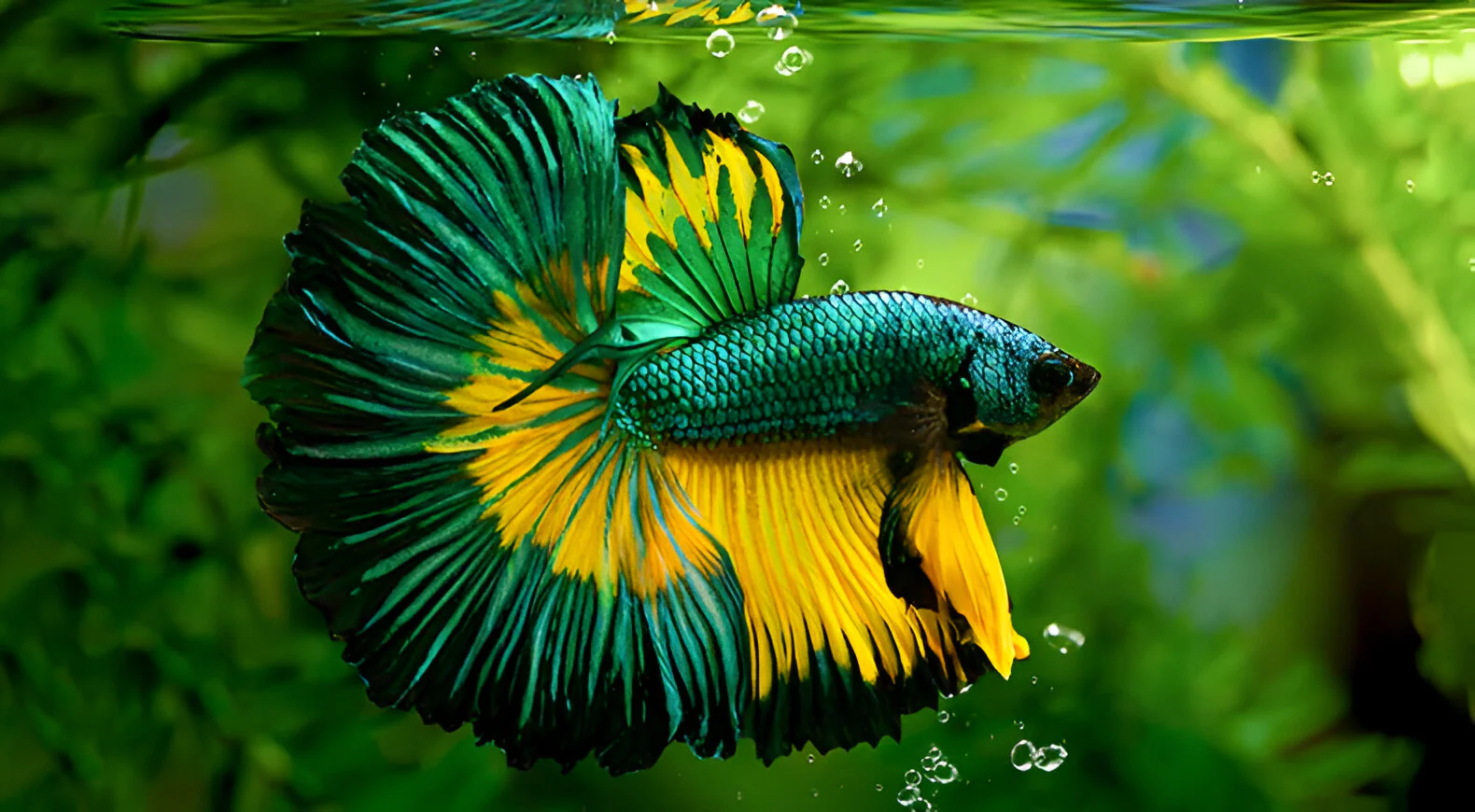
The History of Siamese Fighting Fish
Betta keeping began in Thailand (formerly Siam) over 150 years ago. Children collected these territorial fish in rice paddies and would place them together to watch them spar, hence the name Siamese Fighting Fish. Soon, betting on these contests became commonplace. The King of Siam recognized their popularity and decided to regulate and tax them. In 1840, the King gave some fish to a man who, in turn, gave them to Danish physician, Dr. Theodore Cantor. The doctor bred and studied them, later writing a scientific paper that identified them as Macropodus pugnax. When it was discovered that there already was a fish by that name, Charles Tate Regan renamed them Betta splendens, meaning "beautiful warrior", a name that stands to this day. Bettas were first imported into France and Germany in the 1890s, and Mr. Frank Locke of San Francisco, CA, brought the first bettas into the United States in 1910.
Americans sometimes mis-pronounce the name as "bay-tuh" after the second letter in the Greek alphabet, however, it is believed that these fish were actually named after the ancient Asian Bettah warrior tribe – pronounced "bet-tah". (Think "My fish is bettah than yours"!) In Thailand, they are called "plakat", which means "biting fish".
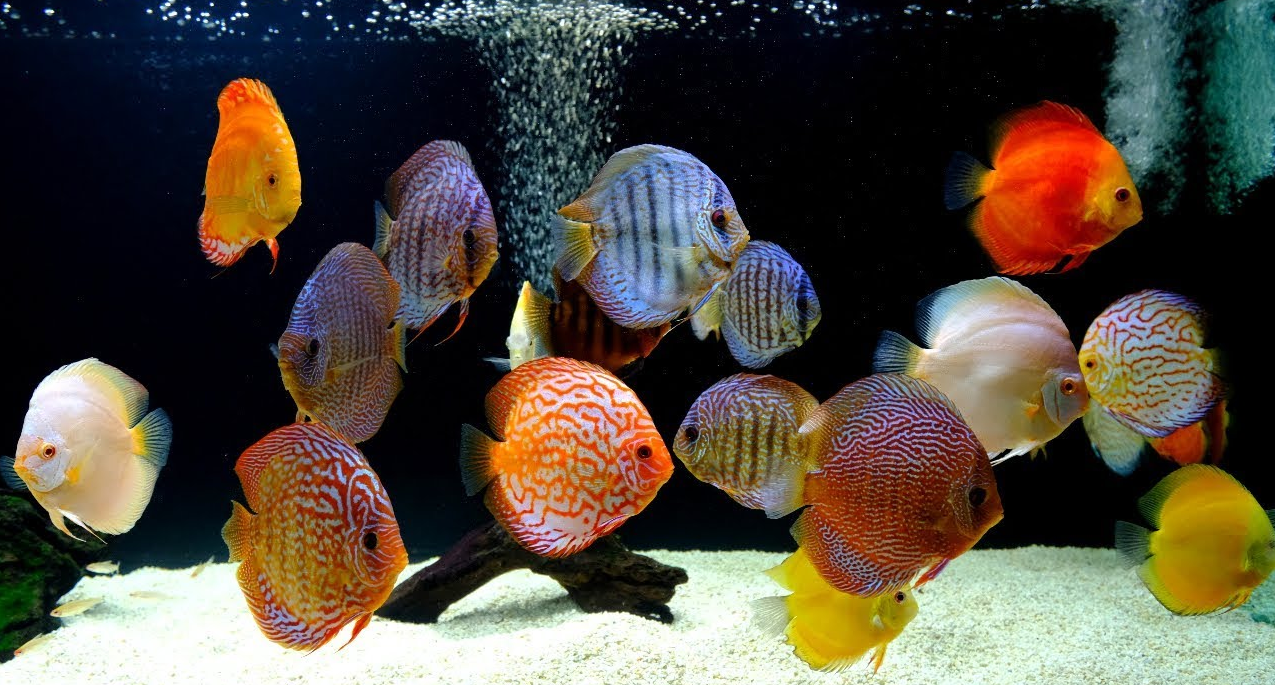 Discus fish, known scientifically as Symphysodon, are native to the Amazon River basin in South America. They are popular aquarium fish due to their vibrant colors, distinctive shape, and unique behavior. The
first documented collection of discus fish was between 1817 and 1835 by
Johann Nattereri, who also gave them the scientific name Symphysodon
discus. Johann
Jakob Heckel led an expedition into the Amazon in 1840 to find them,
and in 1921, Eimeke imported the first premium discus fish to Europe,
marking a significant step in their introduction to the European
aquarium hobby.
Discus fish, known scientifically as Symphysodon, are native to the Amazon River basin in South America. They are popular aquarium fish due to their vibrant colors, distinctive shape, and unique behavior. The
first documented collection of discus fish was between 1817 and 1835 by
Johann Nattereri, who also gave them the scientific name Symphysodon
discus. Johann
Jakob Heckel led an expedition into the Amazon in 1840 to find them,
and in 1921, Eimeke imported the first premium discus fish to Europe,
marking a significant step in their introduction to the European
aquarium hobby. 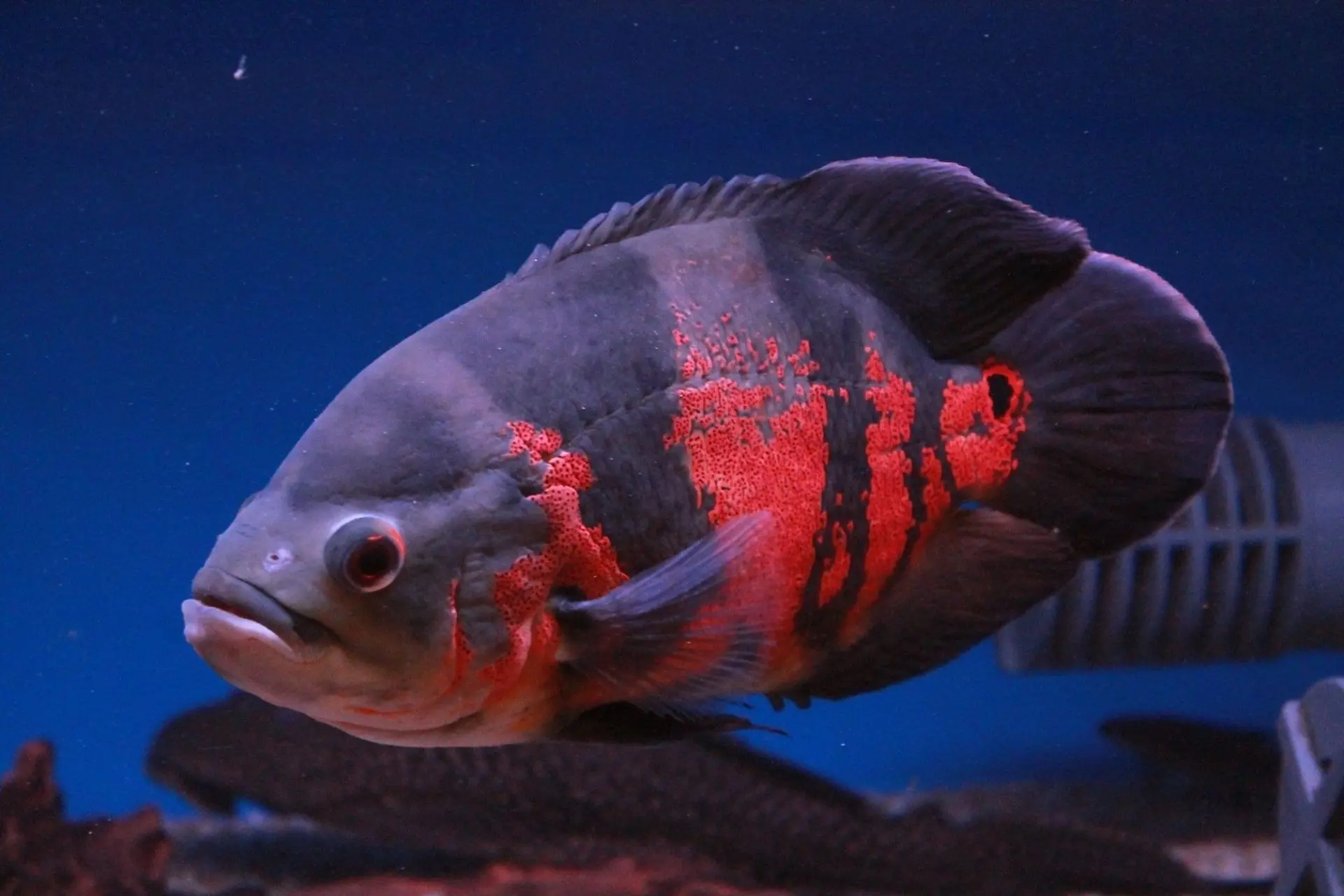
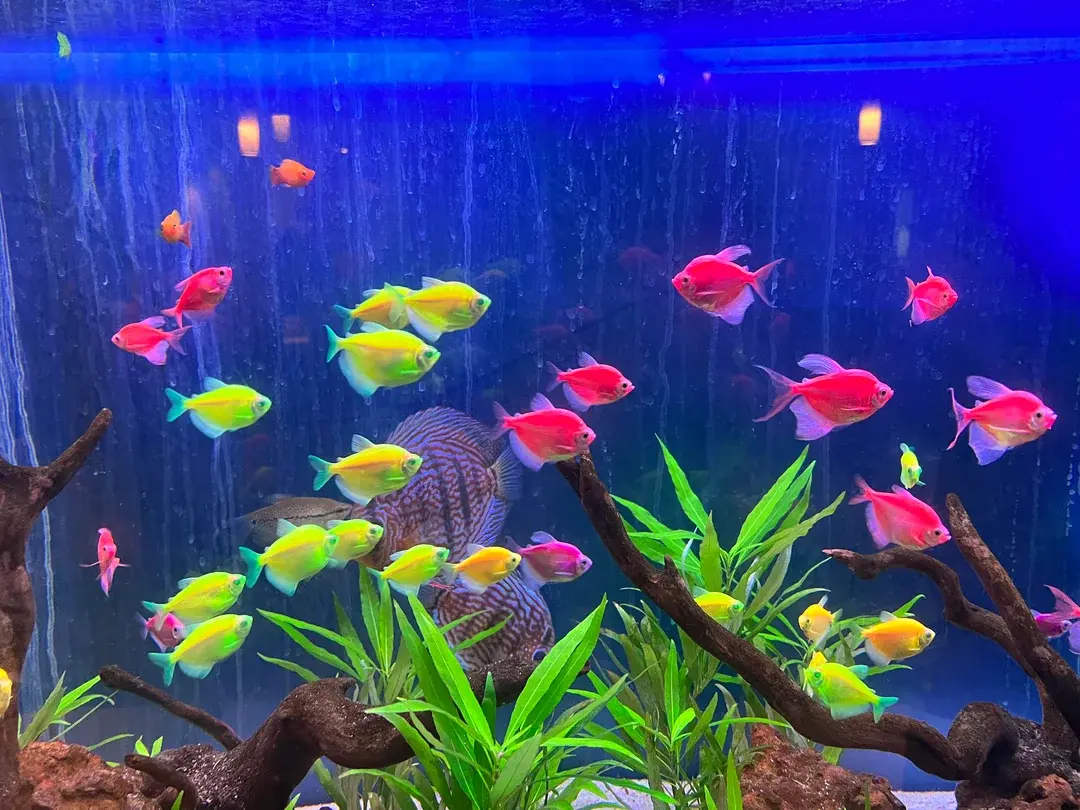
The oscar fish, scientifically named Astronotus ocellatus, has a history intertwined with both science and the aquarium hobby. Initially
described in 1831 as Lobotes ocellatus by zoologist Louis Agassiz, the
fish was later correctly classified within the genus Astronotus due to
its cichlid nature. Oscars
have been popular aquarium fish for a significant time, with early
reports of their introduction to aquariums in Germany dating back to
1929.
The "Color Widow Tetra," also known as "Glow Widow Tetra" or "Glofish," is a genetically modified variety of the Black Widow Tetra, Gymnocorymbus ternetzi. These fish were developed by introducing fluorescent proteins into their DNA, resulting in vibrant colors that glow under blue LED lights. The original black widow tetra is a popular community fish, known for its peaceful nature and adaptability.

The Oranda Red Cap, a popular variety of fancy goldfish, is believed to have originated in China during the Ming Dynasty (around 1590). The name "Oranda" is a Japanese corruption of "Dutchman," as the first Orandas were introduced to Japan in the 1800s. They are thought to be a result of crossbreeding between Wakin and Ryukin goldfish. Selective
breeding in both China and Japan, followed by their introduction to
Europe and North America in the 19th and 20th centuries, led to the many
different color and pattern variations seen in modern-day Orandas.

Tri-color Oranda goldfish, a popular fancy goldfish variety, are not a single breed but rather a color morph within the broader Oranda lineage. Oranda goldfish, including tri-color variations, are thought to have originated in China, possibly as early as the 1500s during the Ming Dynasty. They are believed to have been selectively bred from Wakin and Ryukin goldfish. The name "Oranda" is thought to be of Japanese origin, possibly referencing the Dutch trading post at Dejima, or it might simply mean "exotic" or "foreign". Orandas, including the tri-color variety, are characterized by their stout bodies, long fins, and prominent "hood" or "wen" on their heads.
Key milestones in our aquarium journey
From sustainable sourcing of fish to eco-friendly tank setups, our milestones reflect our commitment to responsible aquarium keeping.
30%
Reduction in fish mortality rates
80%
Customer satisfaction rate
60%
Aquatic Life Diversity
2500
Fish species available
500
Aquariums sold
100000
Gallons of water filtered
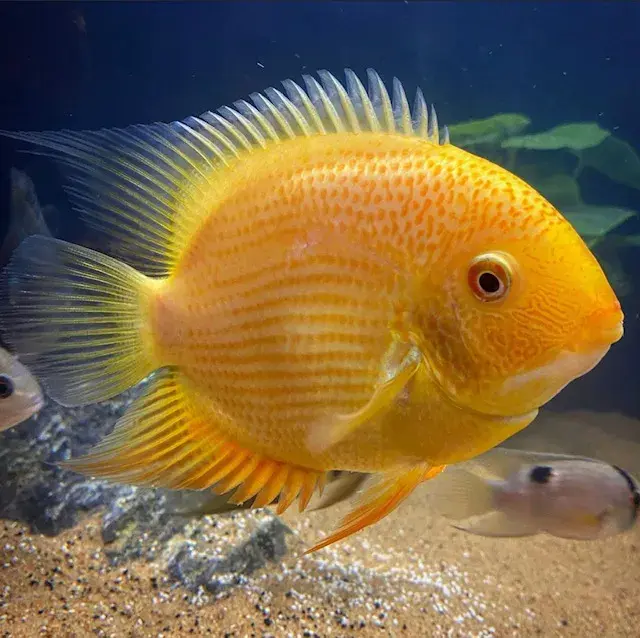
Welcome to Your Aquatic Paradise
Join us in our mission to promote responsible aquarium keeping and celebrate the beauty of aquatic life. We focus on creating a vibrant aquatic community through education and support.
